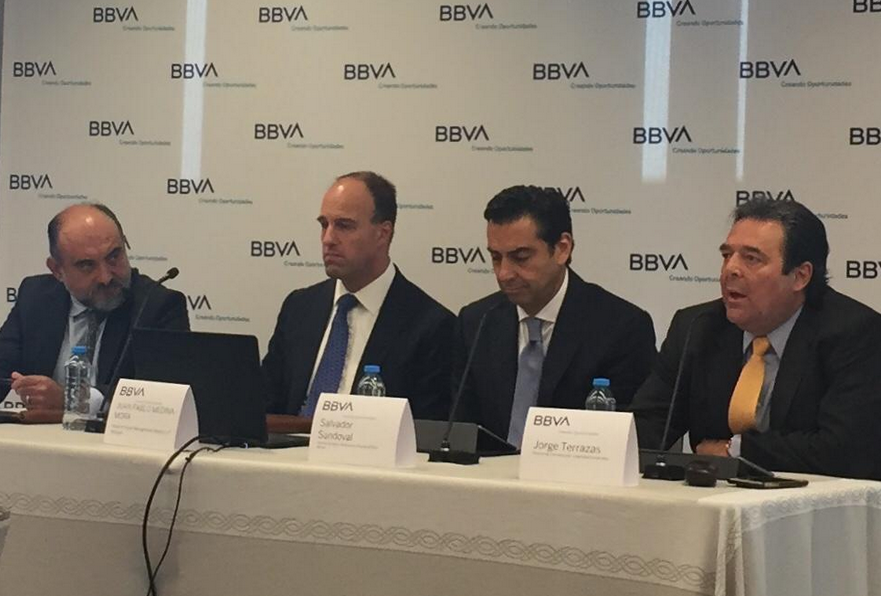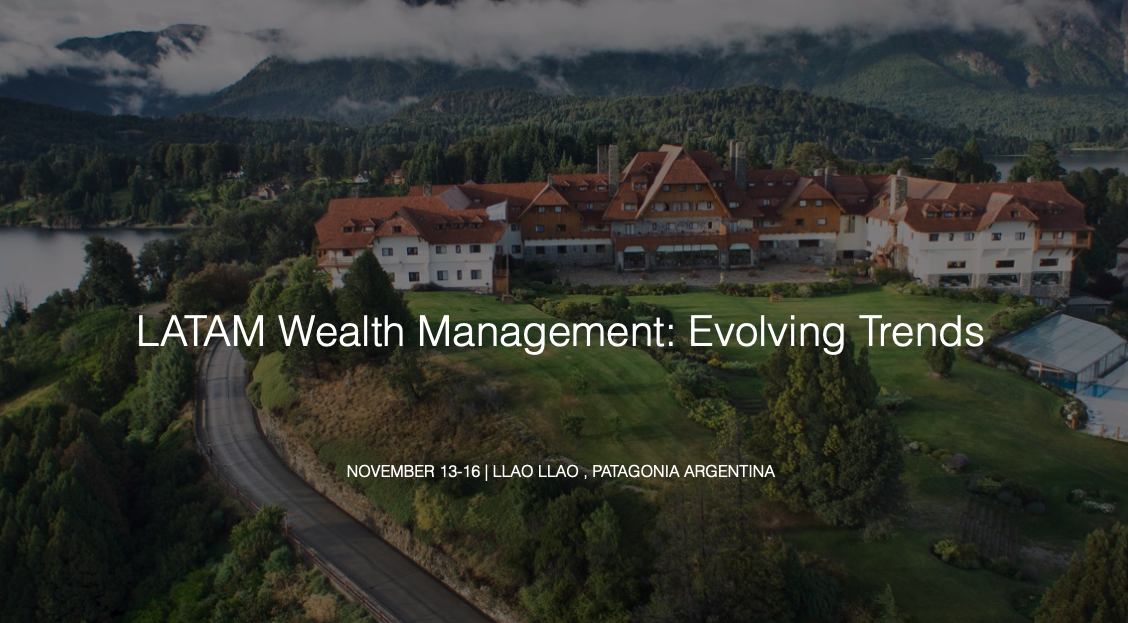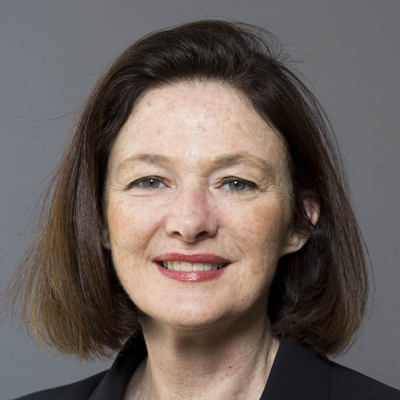La importancia de la economía rural de China
| Por Meritxell Sedo | 0 Comentarios

Los inversores son conscientes de la historia de urbanización de China. Sin embargo, todavía queda mucho por conocer de la China rural, que, con más de 500 millones de habitantes, se está convirtiendo en el motor clave de la próxima transformación del país asiático. Esta no es solo una historia de crecimiento orgánico, sino de un fuerte impulso político. En ese sentido, la estrategia de Investec All China Equity Fund, gestionada por Wenchang Ma y Greg Kuhnert, se presenta como una forma de acceder a esta oportunidad.
El gobierno de Xi Jinping ha hecho una prioridad de la economía rural de China, enfocándose en el crecimiento económico en general, la seguridad alimentaria y la estabilidad social, conforme busca aumentar la calidad de su crecimiento, no solo su cantidad.
Para los inversores, esto representa una oportunidad para involucrarse en el despegue del crecimiento del consumo chino. El desarrollo de la China rural es una historia de integración de una economía a gran escala.
En el siglo XX, Estados Unidos se convirtió en una potencia comercial continental y en el motor económico mundial, beneficiando a los inversores que se montaron sobre esa ola. En el siglo XXI, en Investec Asset Management creen que los inversores deberían centrarse en la misma transformación, que en esta ocasión sucederá en China.
La política que impulsa la reforma rural de China
La economía rural de China es muy amplia, está poco estudiada y se la subestima. Sin embargo, en los últimos dos años, la China rural se ha convertido silenciosamente en la parte central de los planes de reforma de Xi Jinping, ya que la capacidad del Partido Comunista Chino para cumplir sus principales objetivos económicos depende fundamentalmente del impulso de la economía rural.
China ha establecido un calendario claro para las reformas rurales basado en un nuevo marco de políticas con el objetivo final de crear un sector rural ejemplificado por una “fuerte agricultura, un bello paisaje rural y agricultores acomodados”.
Meritocracia en el gobierno
El único sistema de meritocracia en el gobierno es el que está establecido para ayudar a China en sus reformas rurales. Esto es importante debido a la naturaleza del modelo de meritocracia política de China, o lo que algunos han llamado el “modelo de promoción de torneos”. Es una plataforma clave en cómo China ha podido alcanzar niveles tan impresionantes de crecimiento desde los años de Deng.
El comercio electrónico: impulsando la revitalización rural
El comercio electrónico se ha convertido en el motor principal de la revitalización rural. Las cifras de crecimiento explosivo ya lo confirman. En los cuatro años anteriores a 2018, las ventas minoristas en la China rural se incrementaron a una tasa anual del 66%, en comparación con el 34% nacional (1).
En el cuarto trimestre de 2018, la tasa de crecimiento del gasto digital rural en las plataformas de comercio electrónico de Alibaba se disparó en un 24%, o lo que es lo mismo, fue un 4,5% más alto que en las ciudades de primer nivel. Recientemente, Alibaba ha comentado que está buscando hacer de su estrategia rural uno de sus tres planes de desarrollo estratégico central en las próximas dos décadas, después del crecimiento global y la nube.
El comercio electrónico está alineado con el esfuerzo de revitalización de la China rural. Impulsa el poder adquisitivo de los consumidores, estrecha la brecha de ingresos entre las zonas urbanas y la periferia, e incrementa la productividad del crecimiento.
El futuro del sector rural de China
Teniendo estos aspectos en cuenta, en Investec Asset Management presentan tres escenarios posibles sobre las perspectivas de crecimiento de los ingresos de las zonas rurales, y cada uno de los escenarios depende del impulso de las reformas en China.
Brecha de ingresos entre zonas rurales y urbanas, tres posibles escenarios:
- Optimista: 3.159 dólares
- Neutral o escenario base: 10.457 dólares
- Pesimista: 17.865 dólares
En el mejor de los escenarios, los ingresos rurales se beneficiarán de la reforma institucional, las mejoras sostenidas de la productividad agrícola, el número de matrículas en la escuela secundaria, las mejoras nutricionales, el creciente uso del comercio electrónico y el turismo rural.
Esto reducirá la brecha entre los ingresos urbanos y rurales. En cambio, en el peor escenario estas reformas sucederán lentamente, si realmente llegan a suceder, y la brecha entre la China rural y la de las áreas urbanas continuará creciendo.
Las implicaciones para los inversores
Una revitalización rural exitosa tendrá impacto en las grandes preguntas sobre la equidad china y la renta fija. Para la renta variable, significa un periodo de crecimiento más extenso para las empresas de consumo chinas, un crecimiento del consumo más rápido en los años venideros y, por supuesto, un viento de cola detrás de las empresas en sintonía con las necesidades de los consumidores rurales.
En renta fija, en igualdad de condiciones, esto significa una mayor tasa sostenible de crecimiento económico en China, con una mayor tasa de crecimiento en la productividad, una menor tasa de inflación y una divisa más fuerte.
En el pasado, la forma de convertir la impresionante historia macroeconómica de China en rendimiento para los inversores no estaba enfocada en los activos chinos, sino en los proveedores de productos y servicios de China. Estos incluían empresas de recursos, economías productoras de recursos o exportadoras de capital y consumidores de bienes. La creación de una vasta economía china, liderada por el consumo, significa que ahora las oportunidades se encuentran en los activos domésticos. A juzgar por las valoraciones actuales de la renta variable china, ese cambio todavía no se refleja en los precios.
En Investec Asset Management han explorado el cambio en la asignación de activos hacia China por parte de los inversores globales y basándose en el tamaño de China, la trayectoria de crecimiento y las características distintivas de su economía, ahora podría ser apropiado otorgar una asignación separada al país. China ya posee el segundo mayor mercado de renta variable y el segundo mayor mercado de bonos. Es, por mucho el mayor país contribuyente al crecimiento global y, en la próxima década, está previsto que la economía local supere a la de Estados Unidos. Dada la falta de representación que hasta ahora tenían los mercados chinos en los índice de referencia, incluso aquellos que mantienen su marco de asignación actual realizarán una apuesta significativa en China, de una forma u otra.
Si la transformación interna de China tiene éxito, comenzando con sus reformas rurales, será una promesa de reforma del orden mundial de un modo en el que Occidente apenas está comenzando a apreciar.











![Octubre Acumulado Últimos 12 meses Promedio anual últimos 36 meses Promedio anual Total Activos 2019 Ene 2019- Octubre 2019 Noivembre 2018- Octubre 2019 Noviembre 2016- Octubre 2019 Sep 2002- Ocrubre 2019 MMUS$ Tipo A 1,41 12,85 11,76 7,09 6,37 28.046 Más riesgoso Tipo B 0,24 11,88 11,56 6,23 5,49 33.115 Riesgoso Tipo C -1,25 12,66 13,52 6,02 5,2 73.878 Intermedio Tipo D -2,73 12,15 13,32 5,16 4,74 39.447 Conservador Tipo E -3,26 9,00 10,46 4,26 4,06 39.844 Más conservador Sistema 214.330 [1] Considera como valor cuota inicial el correspondiente al 26 de septiembre de 2002, fecha de inicio de los multifondos. Fuente: Superintendencia de pensiones chilena](http://localhost/fundsdevmoo/wp-content/uploads/2019/11/datos-fondos-octubre.png)
